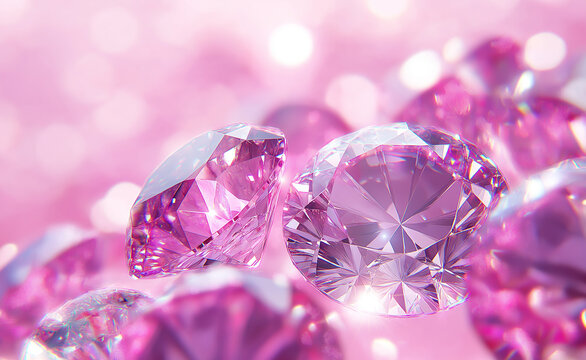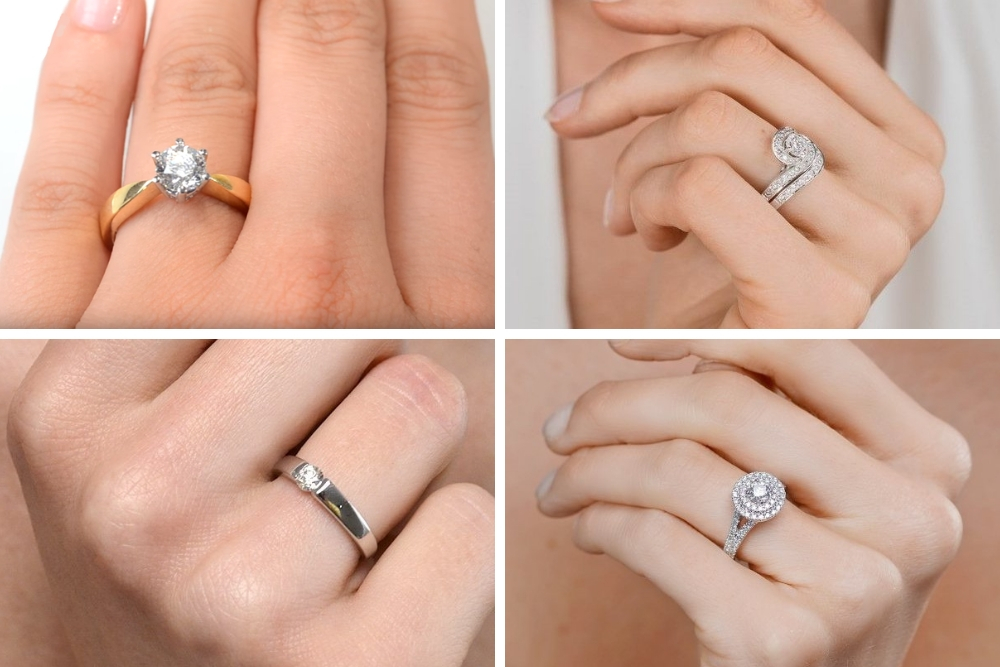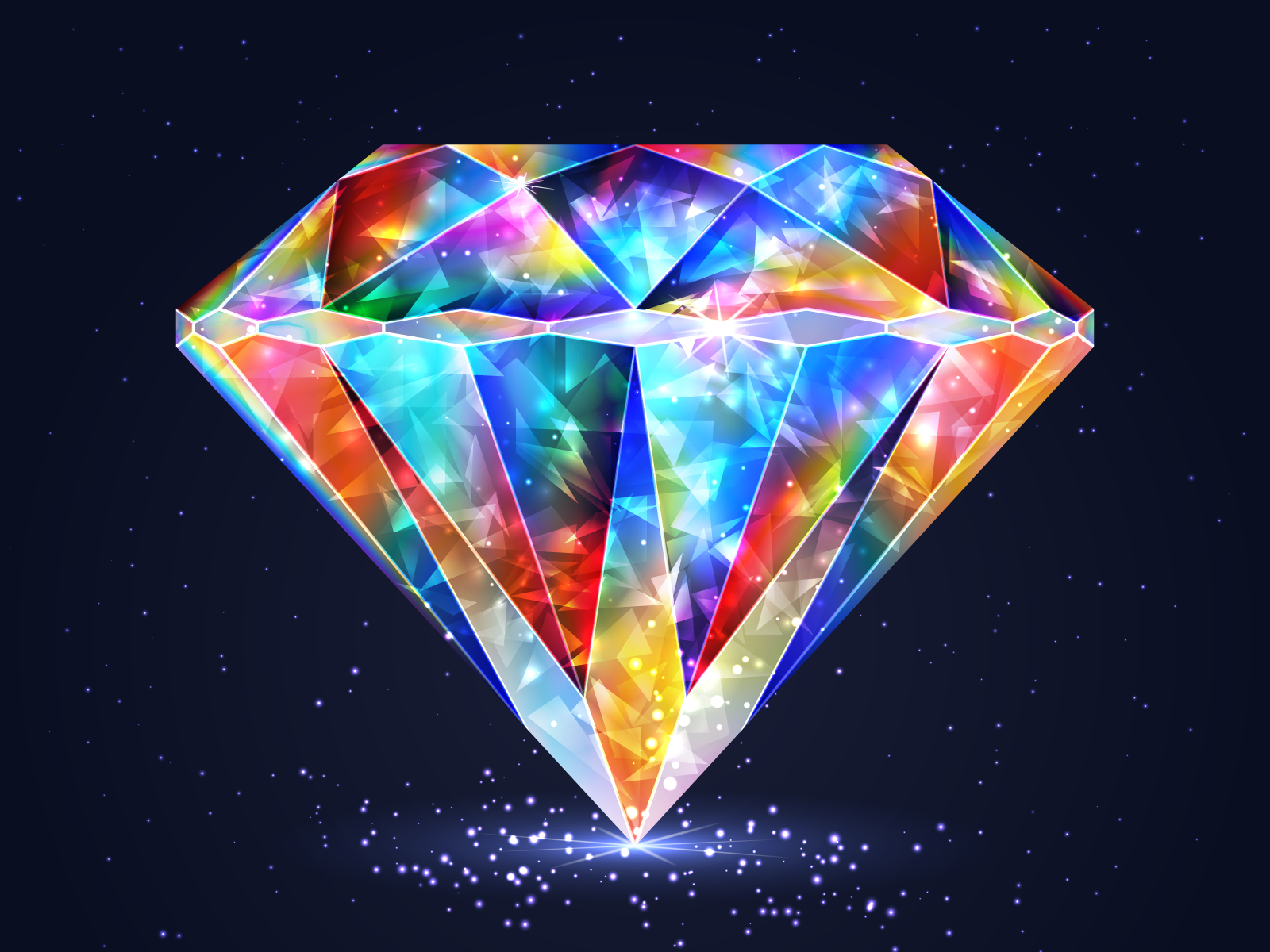When purchasing a diamond, one of the most crucial considerations is its grading. The grading of a diamond is an assessment of its quality, and it plays a significant role in determining the diamond’s value. Two of the most well-known gemological laboratories that offer diamond grading are the International Gemological Institute (IGI) and the Gemological Institute of America (GIA). Both organizations are highly respected in the industry, but many diamond buyers often find themselves asking, “What’s the difference between IGI vs GIA?” In this article, we will explore the differences between these two grading entities, how they affect diamond purchasing, and what you should know when choosing between them.
Table of Contents
What is GIA?
The Gemological Institute of America (GIA) is one of the most recognized and respected names in diamond grading. Founded in 1931, GIA is known for its rigorous grading standards and is considered the gold standard in the diamond industry. A GIA certificate is highly regarded for its accuracy and consistency. The GIA is widely considered to be the most authoritative organization when it comes to grading diamonds. If you purchase a diamond with a GIA certification, you can be confident that the grading reflects the true quality of the stone.
What is IGI?
The International Gemological Institute (IGI) is another prominent gemological laboratory that grades diamonds. Founded in 1975, IGI is an international organization that provides grading reports for diamonds and other gemstones. Although IGI is well-respected in the industry, it is often considered to have slightly different grading standards compared to GIA. IGI offers a range of certifications, from budget-friendly reports to more comprehensive evaluations. While IGI is known for offering faster turnarounds and more affordable grading services, it does not have the same level of recognition or prestige as the GIA in certain markets.
IGI vs GIA: Diamond Grading Systems
Both IGI and GIA follow the same fundamental criteria when grading diamonds. They evaluate diamonds based on the 4 Cs: cut, color, clarity, and carat weight. However, the main differences between IGI vs GIA come down to how these grading systems are applied and the consistency of their results.
GIA has established the most universally accepted grading scale for diamonds. Its grading standards are known for being incredibly strict and detailed, and GIA reports are often seen as the most reliable. GIA also provides thorough descriptions of the diamond’s characteristics, including detailed visual charts and images to illustrate the diamond’s proportions and light performance.
On the other hand, IGI tends to grade diamonds with a slightly less stringent approach, which can sometimes result in diamonds being graded higher than they would be by the GIA. While IGI’s grading is still based on the 4 Cs, some experts believe IGI may have a more lenient grading process, leading to slightly inflated grades. This difference can be important for buyers who want the most precise and objective grading possible.
IGI vs GIA: Diamond Value and Pricing
When it comes to pricing, diamonds graded by GIA tend to be valued higher due to the organization’s reputation for rigorous grading standards. A GIA-certified diamond often commands a premium price because buyers trust the accuracy of its grading. GIA certificates are typically more expensive than IGI certificates, but this higher price often reflects the increased trust and confidence buyers have in the GIA’s reports.
IGI-certified diamonds, on the other hand, may be priced lower because of the perceived differences in grading stringency. While IGI diamonds can still be of high quality, some buyers may be wary of purchasing a diamond that has been graded by IGI, given the potential for slight over-grading. As a result, diamonds graded by IGI can sometimes be more affordable, but the trade-off may be the perceived risk of less precise grading.
IGI vs GIA: Market Perception and Trust
One of the most significant differences between IGI vs GIA is the level of trust and market perception. GIA has earned a solid reputation over the years for its consistent and thorough grading processes. As the leading gemological laboratory, GIA is the go-to choice for high-end diamonds and engagement rings. Jewelers and consumers alike trust GIA’s grading reports, and diamonds with GIA certification are often considered more prestigious in the marketplace.
In contrast, IGI’s reputation, while still strong, does not carry the same level of recognition or trust as GIA in certain circles. While IGI is certainly reputable, particularly in markets like Europe and Asia, it is often seen as less reliable in North America. As a result, consumers may feel more comfortable purchasing diamonds with a GIA certificate due to the higher level of trust associated with the GIA grading system.
IGI vs GIA: Which One Should You Choose?
Ultimately, the choice between IGI and GIA comes down to your personal preferences and priorities. If you value maximum trust, precision, and industry recognition, a GIA-certified diamond may be the best choice for you. GIA lab created diamonds are often seen as the most reliable, and many buyers are willing to pay a premium for that extra level of assurance.
On the other hand, if you’re looking for a more affordable diamond or a quicker turnaround on grading, an IGI-certified diamond could be a solid option. IGI’s grading process is still reliable, and the diamonds graded by IGI can still be of excellent quality. However, if you’re purchasing a high-value diamond and want the highest level of assurance, you may want to consider opting for GIA.
Conclusion: IGI vs GIA – Understanding the Differences
In the debate of IGI vs GIA, it’s clear that both grading laboratories offer valuable services, but they cater to slightly different needs and market segments. GIA is regarded as the industry leader when it comes to diamond grading, with a reputation for accuracy and trustworthiness. IGI, while still respected, tends to be a more affordable and faster alternative, though its grading standards may not be as stringent as GIA’s.


 The Importance of Choosing a Board-Certified Dermatologist
The Importance of Choosing a Board-Certified Dermatologist  Loose Lab Created Diamonds: The Future of Sustainable Jewelry
Loose Lab Created Diamonds: The Future of Sustainable Jewelry  IGI vs GIA: Understanding the Differences in Diamond Grading
IGI vs GIA: Understanding the Differences in Diamond Grading  Engagement Rings: A Sustainable and Ethical Choice for Your Proposal
Engagement Rings: A Sustainable and Ethical Choice for Your Proposal  About Novita Lab Diamonds: A New Era in Ethical and Sustainable Jewelry
About Novita Lab Diamonds: A New Era in Ethical and Sustainable Jewelry  Clean a Diamond Ring: Expert Tips for Maintaining Its Sparkle
Clean a Diamond Ring: Expert Tips for Maintaining Its Sparkle  How to Choose the Right Testosterone Replacement Clinic in Los Angeles
How to Choose the Right Testosterone Replacement Clinic in Los Angeles